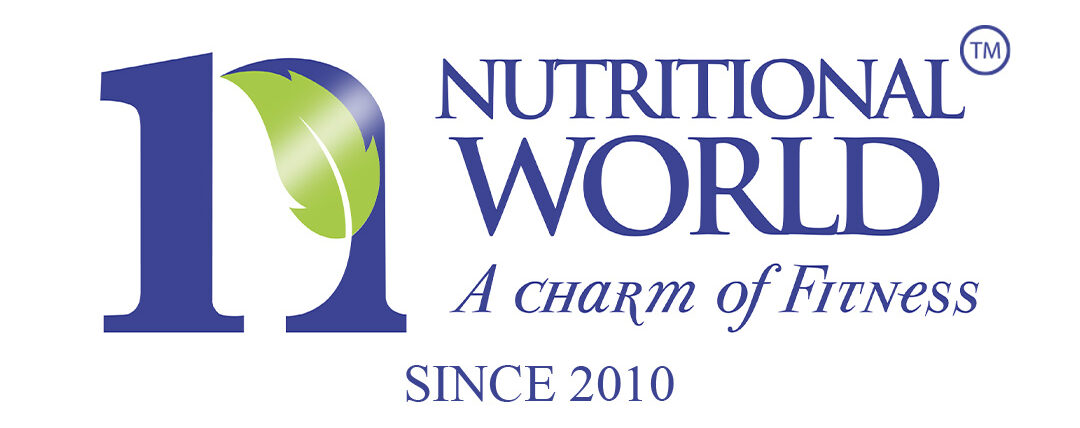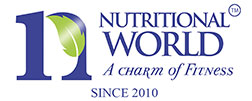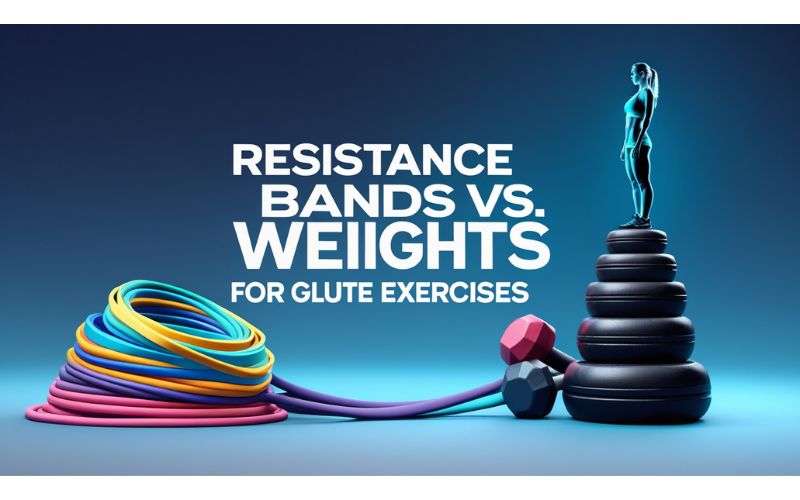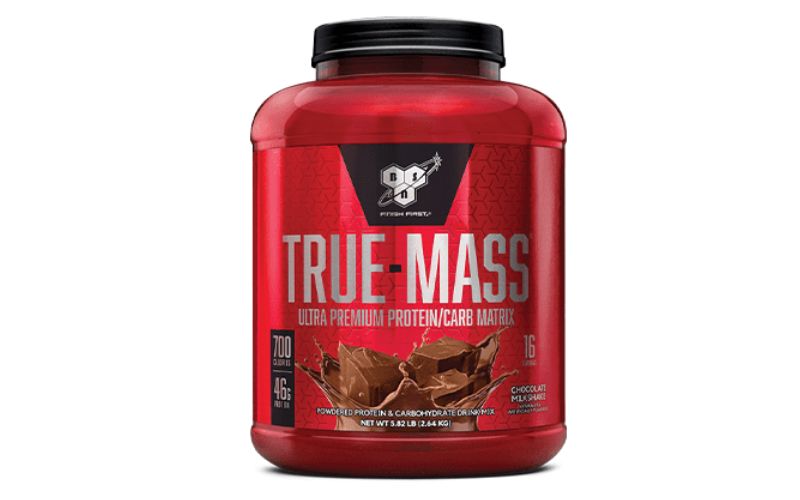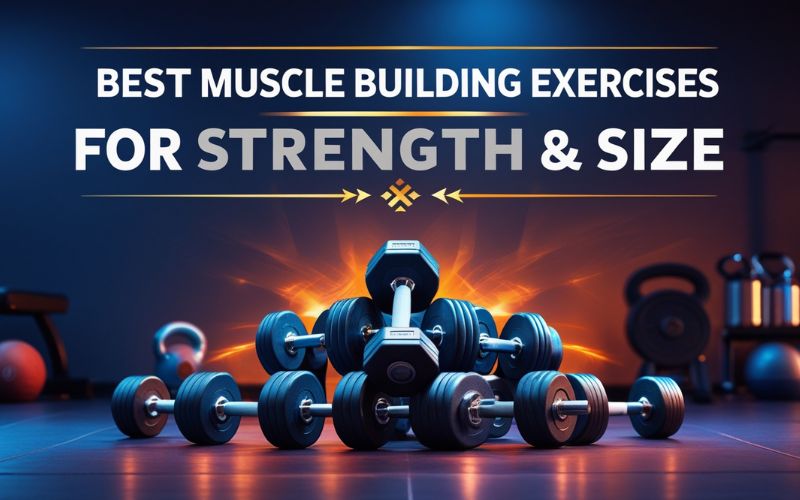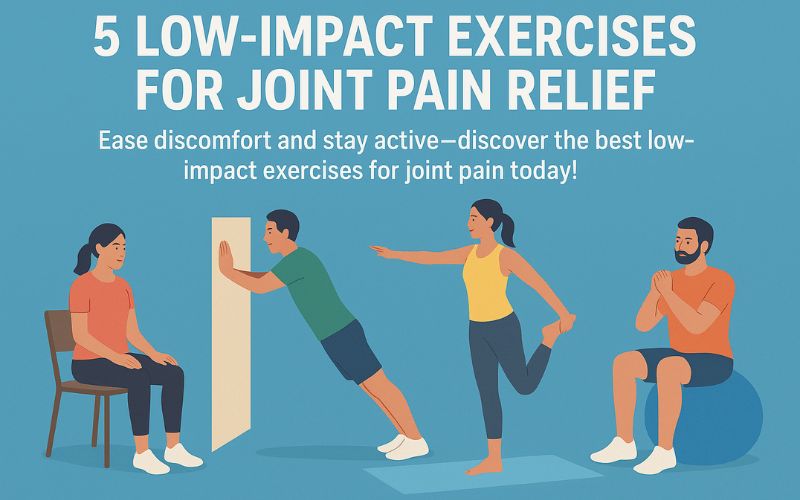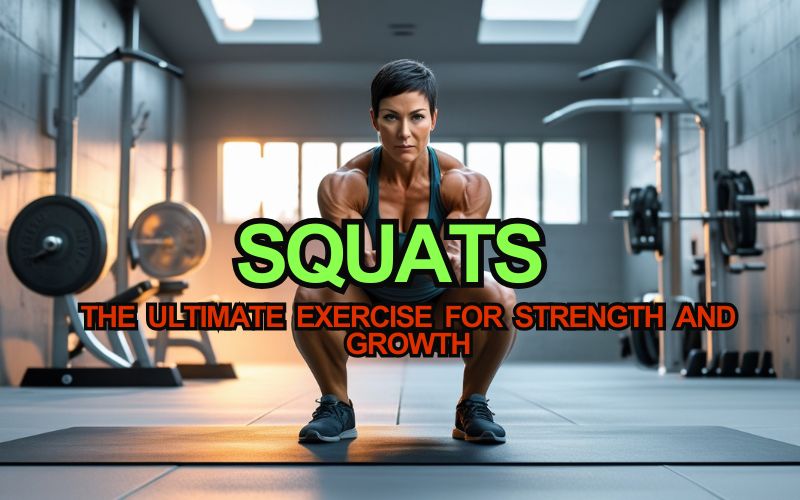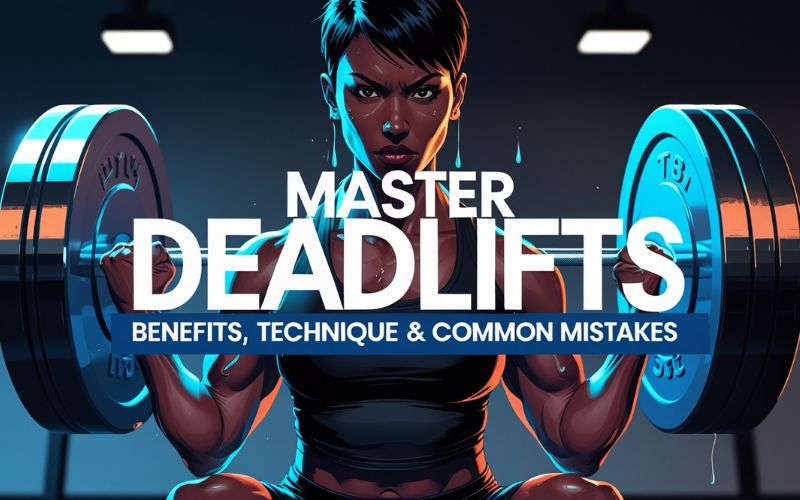Table of Contents
Introduction
Building strong, sculpted glutes isn’t just about aesthetics—it’s about function, stability, and power. Your glutes play a vital role in posture, athletic performance, and injury prevention. When it comes to training them effectively, two primary tools stand out: resistance bands and weights.
But which is better? Should you stick to bodyweight movements enhanced by bands, or is lifting heavy the only way to go? Let’s break it down and explore the advantages of each.
How Resistance Bands Work for Glute Training
Resistance bands might look simple, but they pack a powerful punch when it comes to glute engagement. Unlike weights, which rely on gravity, bands create constant tension throughout an exercise. This means your muscles stay engaged the entire time, especially in movements like glute bridges, lateral band walks, and kickbacks.
One of the biggest advantages of resistance bands is glute activation. Many people struggle to “feel” their glutes working, especially during squats or lunges. Bands help wake up these muscles, ensuring they fire correctly and reducing the risk of relying too much on other muscles like the quads or lower back.
Another major perk? Joint-friendly resistance. Since bands provide progressive tension, they allow for smoother, more controlled movements, making them ideal for those recovering from injuries or looking to avoid unnecessary strain.
How Weights Work for Glute Training
When it comes to serious muscle-building, weights have long been the gold standard. The key concept behind weight training is progressive overload—gradually increasing resistance to force muscles to adapt and grow.
Heavy movements like squats, deadlifts, and hip thrusts create mechanical tension that stimulates muscle fibers deeply. This leads to increased muscle mass and strength, something resistance bands alone may struggle to achieve.
One standout advantage of weight training is its ability to target multiple muscle groups at once. For example, a barbell squat not only strengthens the glutes but also engages the hamstrings, quads, and core. This functional approach improves overall strength, balance, and athleticism.
However, lifting weights does come with a few drawbacks. There’s a higher risk of injury if form is incorrect, and for beginners, some exercises may feel intimidating. Additionally, weights require access to a gym or equipment, whereas bands are more travel-friendly.
Pros and Cons of Resistance Bands vs. Weights
| Feature | Resistance Bands | Weights |
| Muscle Activation | High for glute engagement | High for overall strength |
| Convenience | Lightweight, portable | Requires gym or equipment |
| Progressive Overload | Limited | Excellent |
| Injury Risk | Low | Moderate to high (if improper form) |
| Joint Impact | Minimal | Can stress joints if overused |
| Best For | Activation, mobility, rehab | Strength, muscle growth |
Ultimately, both have their place in a well-rounded glute training routine.
Which One Should You Choose?
The best tool depends on your goal:
- If you want to activate and strengthen your glutes without heavy impact, resistance bands are fantastic.
- If your aim is muscle growth and strength, lifting weights is the superior option.
- Ideally? Use both. Bands can be used as warm-ups or finishers, while weights should be the foundation of progressive strength training.
Sample Hybrid Glute Workout
- Glute Activation (Warm-Up) with Resistance Bands:
- Banded lateral walks – 3 sets of 15 reps per side
- Banded glute bridges – 3 sets of 15 reps
- Standing banded kickbacks – 3 sets of 12 reps per leg
- Strength Training with Weights:
- Barbell hip thrusts – 4 sets of 10 reps
- Bulgarian split squats – 3 sets of 12 reps per leg
- Romanian deadlifts – 3 sets of 8 reps
- Finisher (Burnout) with Resistance Bands:
- Banded frog pumps – 3 sets of 20 reps
- Banded squat pulses – 3 sets of 15 reps
By combining both, you get the best of both worlds—activation, endurance, and raw strength.
Supplements for Glute Growth & Recovery
While training is key to building strong glutes, the right supplements can enhance muscle growth, recovery, and overall performance.
- Protein Powder – Essential for muscle repair and growth, especially after resistance training. Whey or plant-based protein helps maximize results.
- Creatine – Boosts strength, endurance, and muscle volume, making it a great addition for weighted glute exercises.
- BCAAs & EAAs – Reduce muscle soreness and aid in recovery.
- Collagen & Omega-3s – Support joint health for injury prevention.
Pair supplements with proper nutrition for optimal glute gains!
Conclusion
There’s no one-size-fits-all answer in the resistance bands vs. weights debate. The best approach depends on your goals, fitness level, and personal preferences. Resistance bands are perfect for glute activation, endurance, and mobility, while weights are ideal for building muscle and strength.
Instead of choosing one over the other, why not incorporate both? A strategic mix will give you strong, powerful glutes that are not only aesthetic but also functional. So grab your bands, pick up those weights, and start training smarter today!
